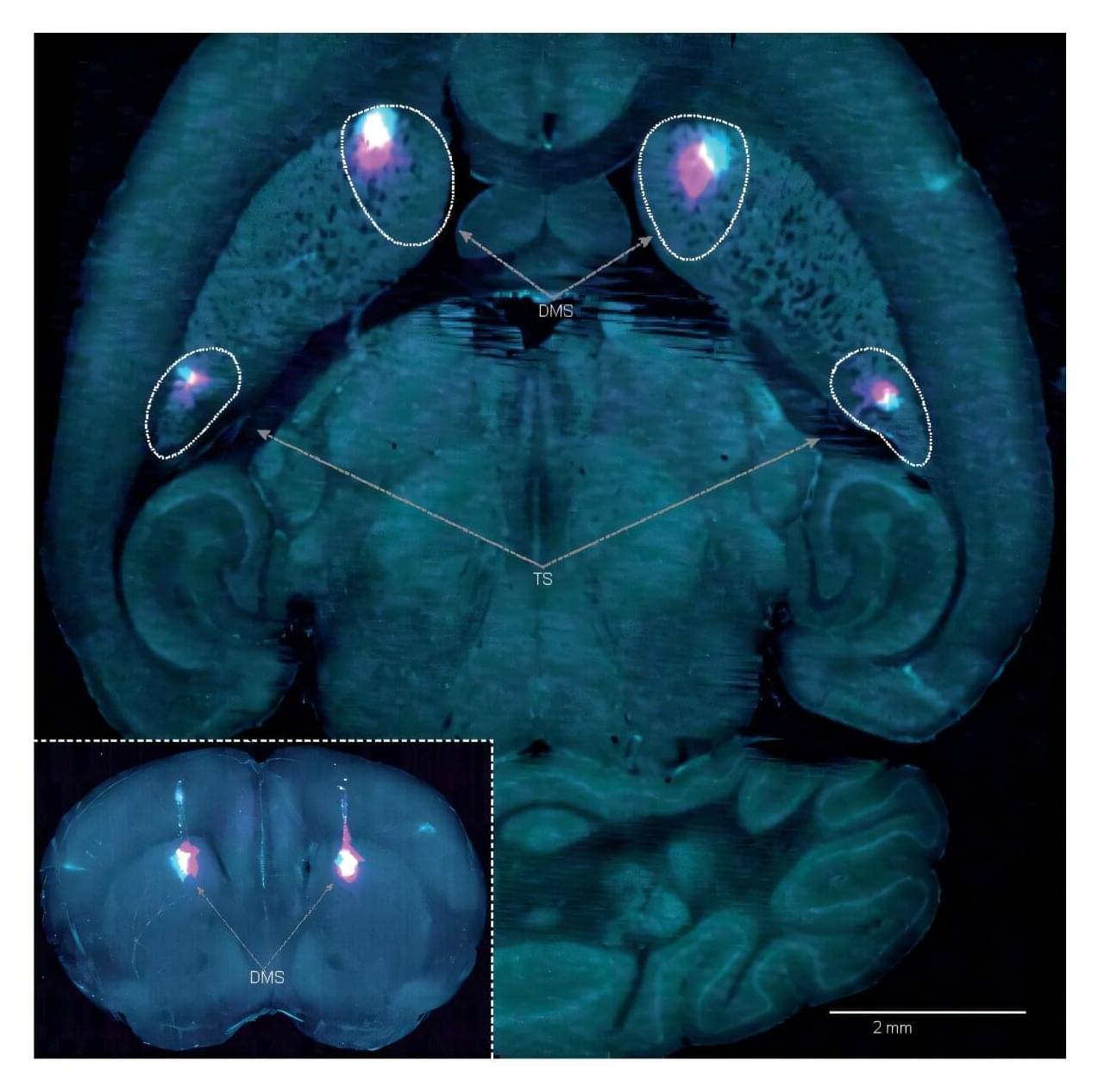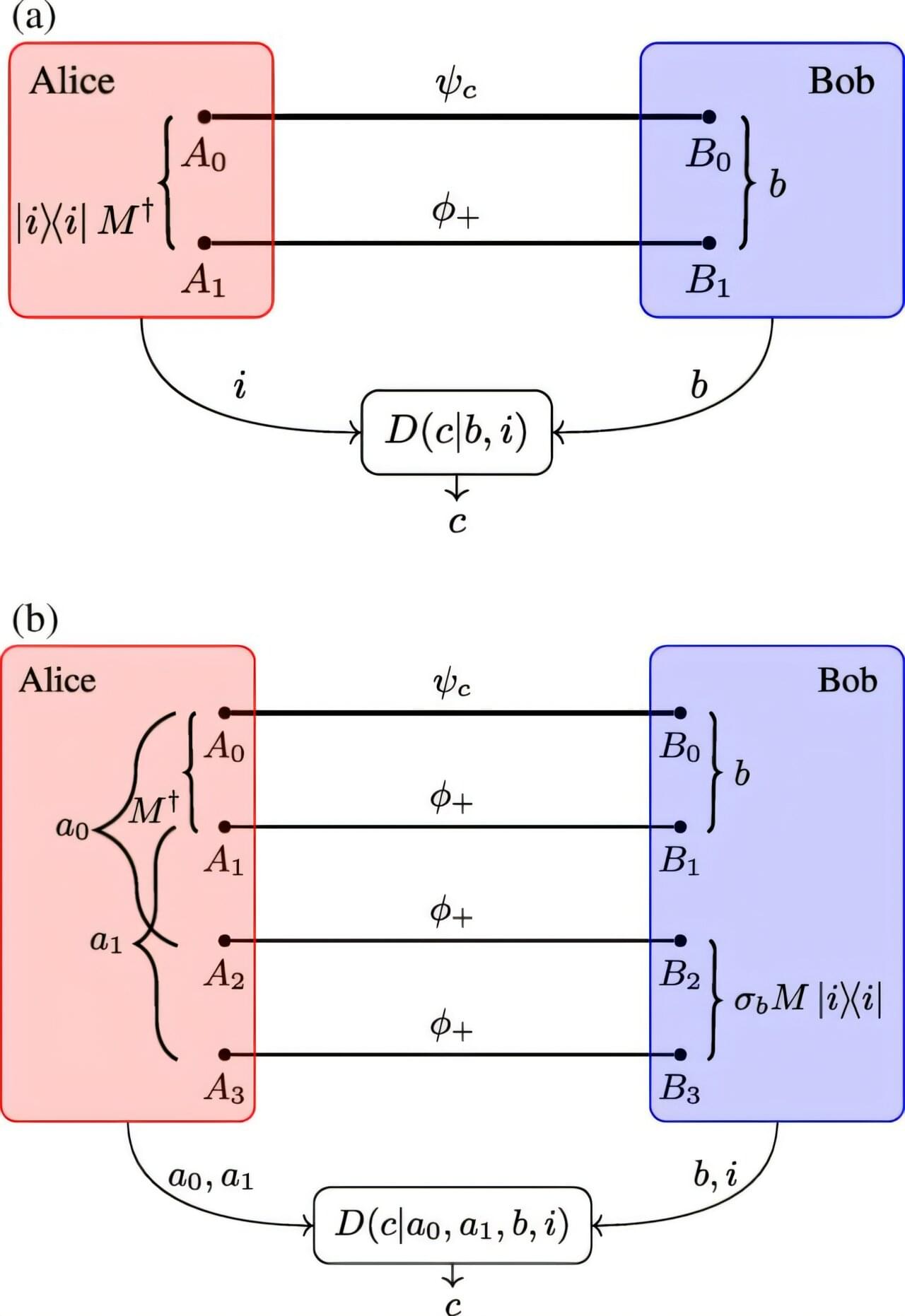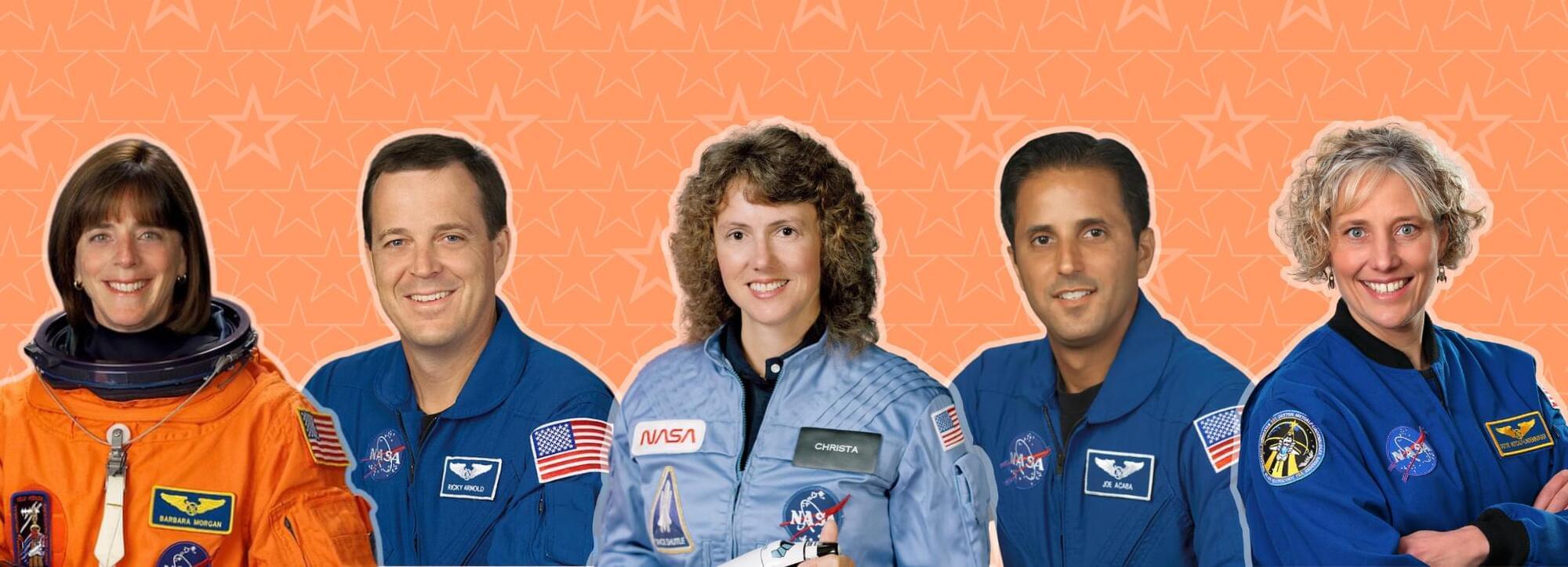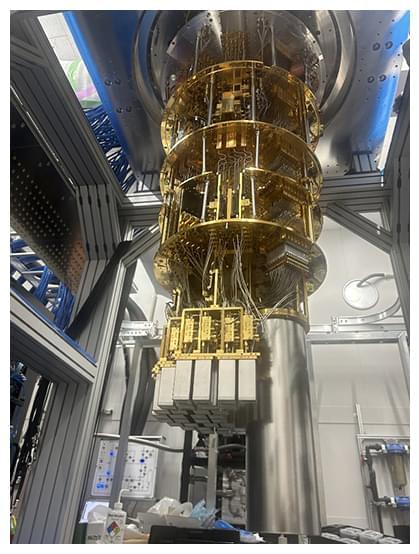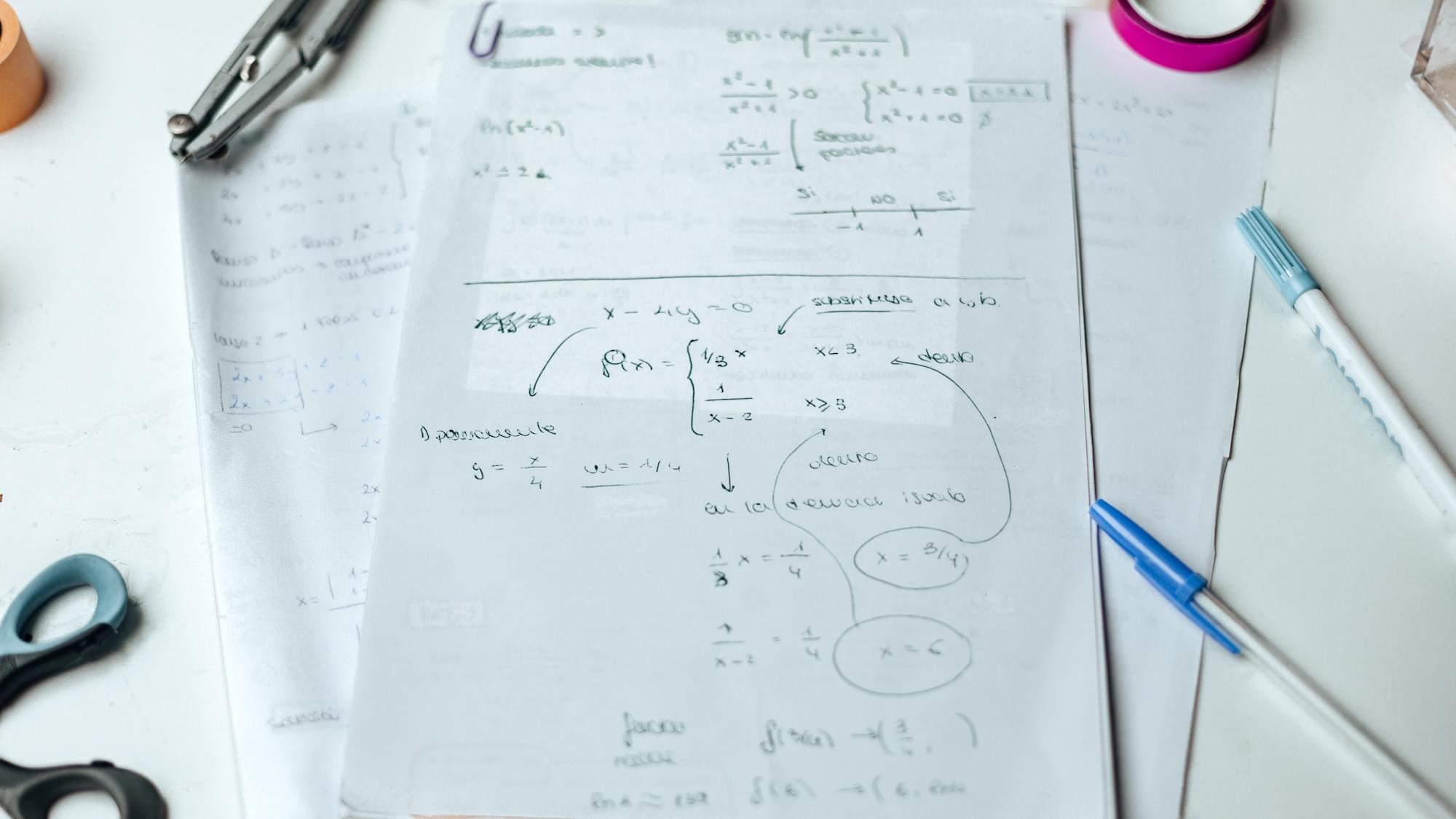Neuroscientists at the Sainsbury Wellcome Center (SWC) at UCL have discovered that the brain uses a dual system for learning through trial and error. This is the first time a second learning system has been identified, which could help explain how habits are formed and provide a scientific basis for new strategies to address conditions related to habitual learning, such as addictions and compulsions.
Published in Nature, the study in mice could also have implications for developing therapeutics for Parkinson’s. The study is titled “Dopaminergic action prediction errors serve as a value-free teaching signal.”
“Essentially, we have found a mechanism that we think is responsible for habits. Once you have developed a preference for a certain action, then you can bypass your value-based system and just rely on your default policy of what you’ve done in the past. This might then allow you to free up cognitive resources to make value-based decisions about something else,” explained Dr. Marcus Stephenson-Jones, Group Leader at SWC and lead author of the study.
